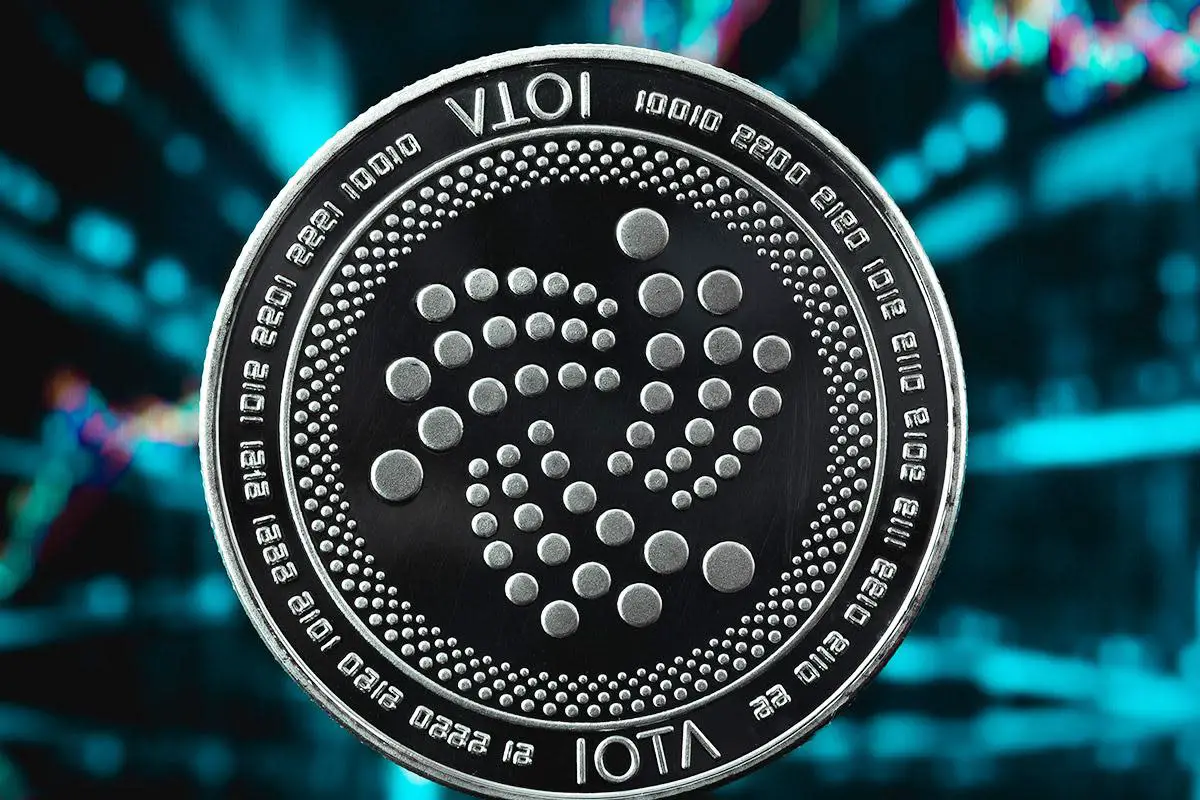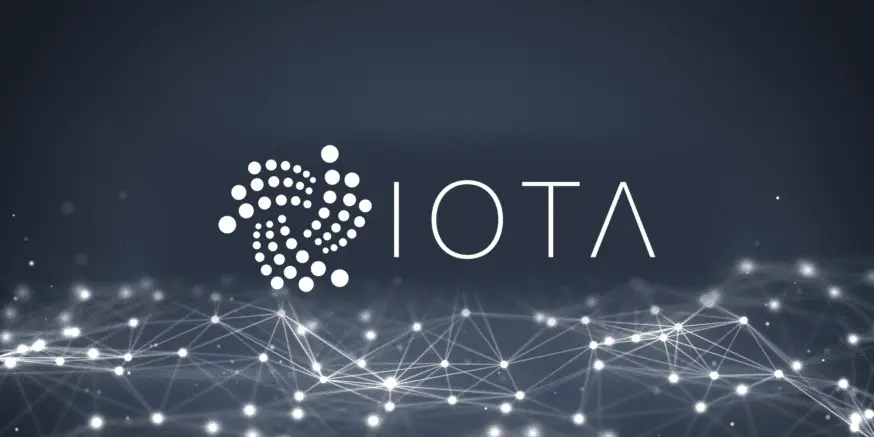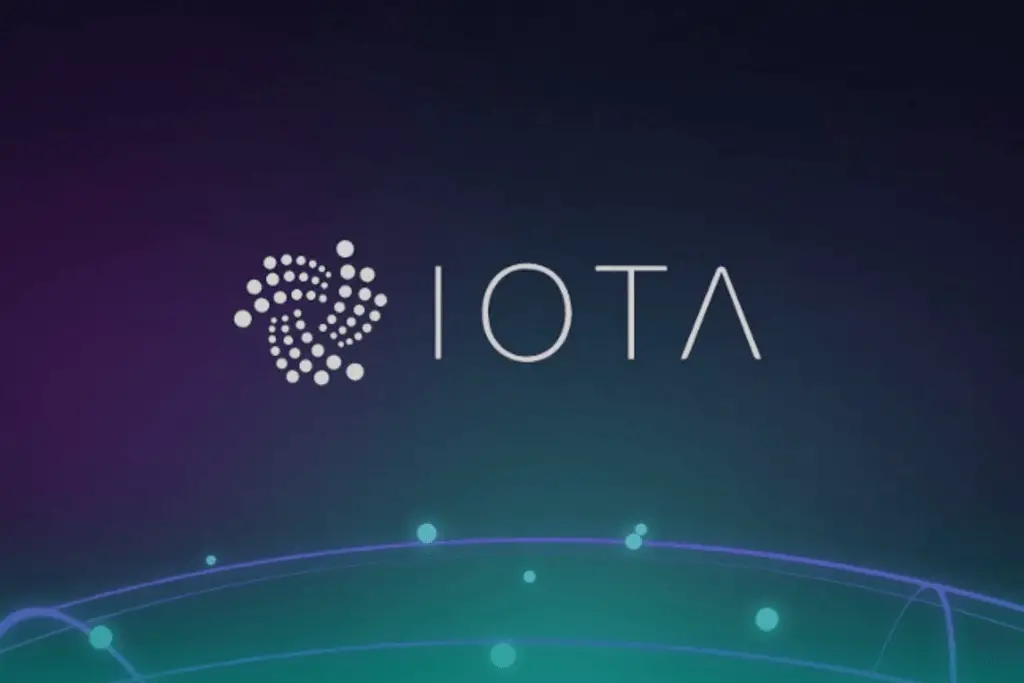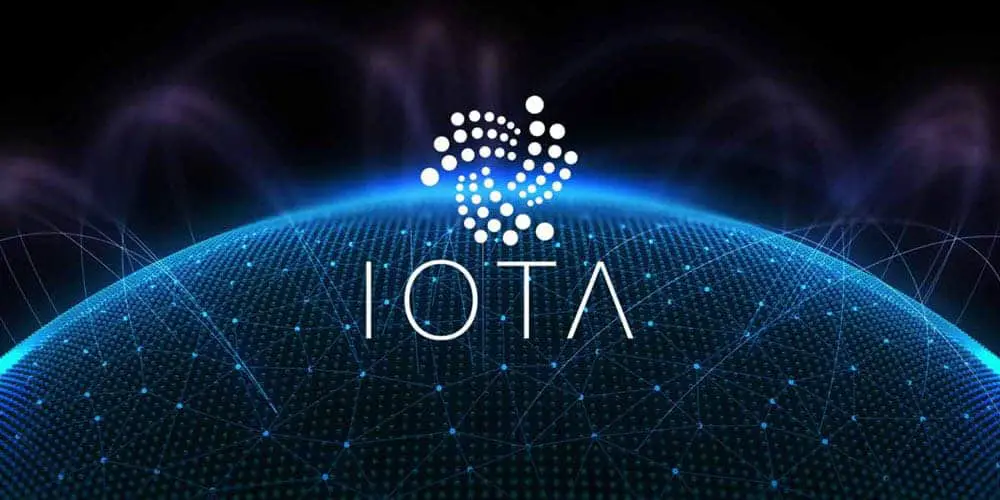Today we are going to explain what IOTA is and why is it important in the cryptocurrency area. The idea of creating a cryptocurrency adapted to the needs of the Internet of Things (IoT) was born in 2015. The project quickly obtained huge financial support with billions of dollars.
The main innovation is that the new cryptocurrency does not use blockchains that collect transaction data. Instead, it is based on a new data structure, which is the direct acyclic graph (DAG). As for the working principle itself, it is not very different from that on which the blockchain scheme is based. However, the different implementation makes the entanglement registry more scalable, faster and more secure.
What is IOTA?
IOTA is a cryptocurrency created on a decentralized platform based on a new and little-known architecture, “directed acyclic graph (DAG)”. Which in turn gives rise to Tangle, a protocol that moves away from the blockchain concept to embrace this new technology. And it is thanks to this DAG architecture called Tangle that the IoT-based cryptocurrency concept is so innovative. IOTA is designed to be used as a means of payment, with virtually unlimited scalability.
Most of the well-known and popular cryptocurrencies, such as Bitcoin, are based on the blockchain network, while IOTA uses the DAG architecture mentioned above. Thanks to this, all devices that are part of the IoT can perform automated micropayments without additional transaction fees, and it is distinguished mainly by the architecture from which it was created. This new type of construction allows IOTA, to stand on a new scheme totally different from the blockchain network.

IOTA is an innovative project created for the potential needs of the Internet of Things (IoT). The main idea is nothing more than to combine electronic devices and objects with access to the network into a single centralized network. This way, they will all be able to process, collect data in real-time and perform automated activities on their basis. An example of such an activity would be making a payment, where IOTA is intended to be the means by which this becomes possible.
Is it just a cryptocurrency or a project?
IOTA is known as the cryptocurrency of the Internet of Things. It is a project of an open-source, partially decentralized billing platform based on the DAG architecture. Created to meet the future needs of the so-called Internet of Things.
The concept of the Internet of Things assumes that Internet-connected items can collect data and perform automated activities, such as making payments. And because it is used for these automated micropayments made by IoT devices and systems, it has no transaction fees. The unit of account in the IOTA network is the cryptocurrency of the same name.
Why DLT and not a blockchain?
To answer this question the first thing to remember is that DLTs (Distributed Ledger Technology) is a decentralized database managed by several participants. Also that they were initially designed to perform transactions within a trusted environment. Blockchains, on the other hand, is intended to allow a community of actors who do not trust each other to reach a consensus on the integrity and immutability of the common record of transactions, without relying on a trusted third party.

This immutability is the main strength and major weakness of the blockchain architecture. This makes it a privileged tool for financial transactions but sometimes poses a problem for the correct execution of the network. Unlike the blockchain, in DLT each of the records has a unique timestamp and must be subject to a cryptographic signature. This is a guarantee of security and incorruptibility of the network that makes fraud and manipulation difficult.
What are the characteristics of IOTA?
Let’s see some of the main characteristics that identify IOTA below:
- No scalability limits. Due to the fact that each subsequent transaction verifies the other two in the network, the system will adjust to the increase in usage and popularity. So there will be no need to worry about block size.
- Extremely fast transactions. Transactions are approved and fed by the users themselves so there is no waiting time. And the more users there are the more immediate approvals.
- POW-approved transactions. It is based on a simplified version of Bitcoin’s known proof-of-work, although the amount of work required in IOTA is so low that, in fact, every device can confirm transactions. Resulting in low network maintenance costs.
- It does not use blocks in the network. Tangle bases its structure on DAGs. Therefore, it does not require mining or miners for blockchain confirmation.
- No mining. The network is continuously fed by the users themselves. Therefore, it does not require miners or mining, unlike the blockchain network. In addition, all tokens are already in the market and there is no mining phenomenon in the project.
- No commissions or transaction fees. By not requiring mining and therefore no miners, transaction costs are minimized to the point of not requiring transaction fees.
Does IOTA have security issues?
Unlike the blockchain where miners are in charge of network security, in the IOTA system each transaction requires a small amount of POW (proof of work) to secure the network. Thus, the more transactions occur, the more secure the network is. This means that Tangle’s security is directly dependent on the number of transactions being processed and the level of security cannot be adapted to real-world conditions.

However, its protocols have some major security issues, such as side entanglements that can interrupt the transaction confirmation process. This has led to a number of serious security problems, despite the enormous progress and technology it has achieved. The IOTA network is still in the experimental stage and rigorous testing is needed in the future to ensure that it can be used as a machine-to-machine payment system for the Internet of Things.





